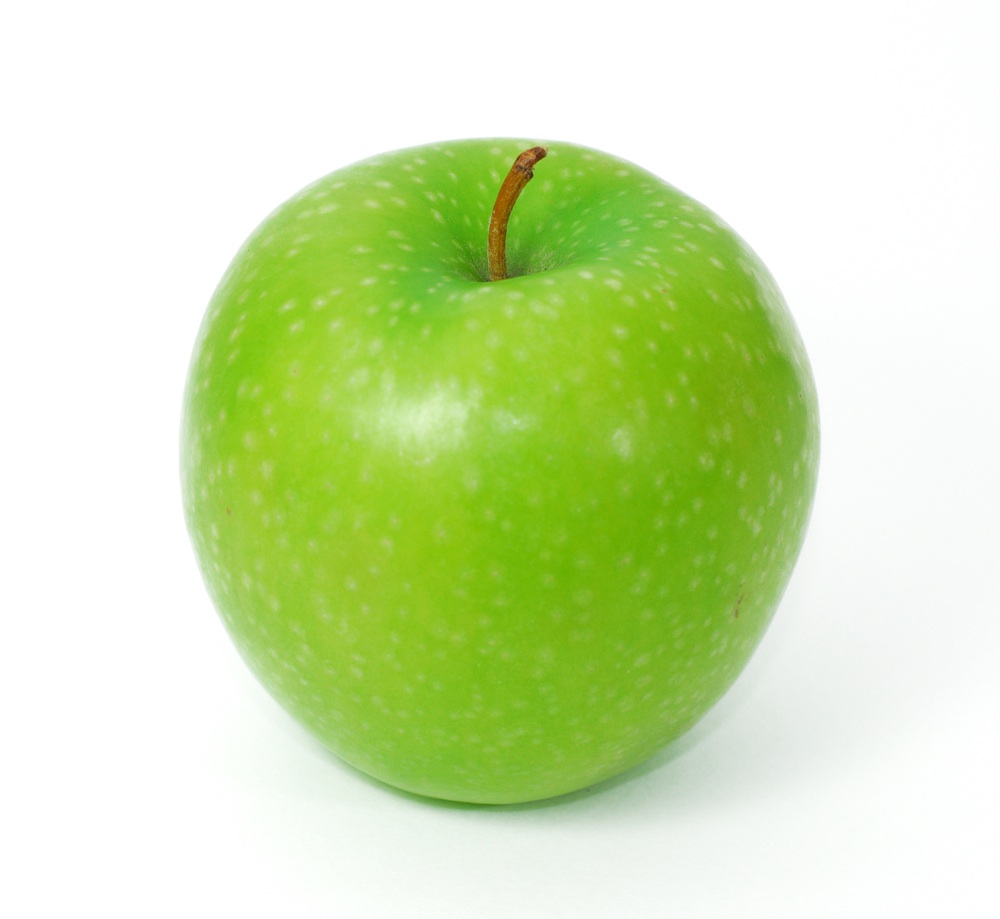Helping you feel satisfied – the Low GI approach

Recently I have found myself spending a lot of time talking with my weight loss surgery clients about getting the most from what they are eating, in particular, feeling satisfied after eating. Whilst the purpose of weight loss surgery is to help you feel satisfied on a smaller amount of food, the type of foods you choose is important to help maximise this.
There are two key ingredients in helping you to feel satisfied after eating:
1. High fibre, low glycemic index carbohydrate-containing foods
2. Protein-containing foods.
This post will demystify the glycemic index, or GI. Protein will be the focus of a later post.
The GI is a measure of the effect that different carbohydrate-containing foods have on blood glucose (blood sugar) levels. It describes the way our body digests and absorbs these foods. Carbohydrate-containing foods include:
-
breads, cereals, rice, pasta and noodles
-
starchy vegetables including potato, sweet potato and corn
-
legumes including baked beans, kidney beans, chickpeas and lentils
-
fruits and fruit juices
-
milks, yoghurts, custards and ice cream
-
any food containing flour or sugar.
Some carbohydrate-containing foods are broken down and absorbed quickly, so they raise our blood glucose level faster and higher. These are high GI foods. Other carbohydrate-containing foods are digested and absorbed more gradually, causing a slower, longer lasting rise in blood glucose levels. These are low GI foods. Low GI foods keep us feeling satisfied for longer after eating.
Often people experience a 'honeymoon' period following weight loss surgery, where weight loss seems automatic. Unfortunately this may not last forever and weight regain can occur with all surgeries. Maximising the satisfaction you get from the food you eat is crucial to keep losing weight and maintain that lost weight. A lower GI eating pattern also helps us feel satisfied for longer after eating, which can help with losing weight. For example, if you eat high GI foods at your meals, you are likely to become hungry sooner after the meal than if you eat low GI foods. This can make you more likely to snack and if you have not planned for this, you may be forced to grab something from the biscuit barrel or vending machine.
Appetite control is not the only benefit of a lower GI diet. Research has shown that people eating a lower GI diet can reduce their average blood glucose levels, which is particularly important for people with diabetes. Lower GI foods are often also higher in fibre. A high fibre diet helps prevent constipation, decreases the risk of heart disease as soluble fibres can help remove cholesterol from the body and helps protect against bowel cancer, haemorrhoids, irritable bowel syndrome and diverticulitis.
Foods are classified as low, moderate or high GI.
To follow a low GI diet, try to choose one low GI food at each meal. Eat high GI foods in small amounts, or less often.
Head to my website to see a simple table of low, moderate and high GI foods.
Go to www.glycemicindex.com for further information.

Bandarella 223
Posted (edited)
Great advice. I have a cautionary note to add: beware of low glycemic sweeterners, such as high fructose corn Syrup. It doesn't spike your gb because it's not metabolized by the pancreas. It's metabolized by your liver and over time can cause a "fatty liver".
Here's a list of foods and their numerical glycemic load:
http://www.health.harvard.edu/newsweek/Glycemic_index_and_glycemic_load_for_100_foods.htm
Edited by BandarellaShare this comment
Link to comment
Share on other sites